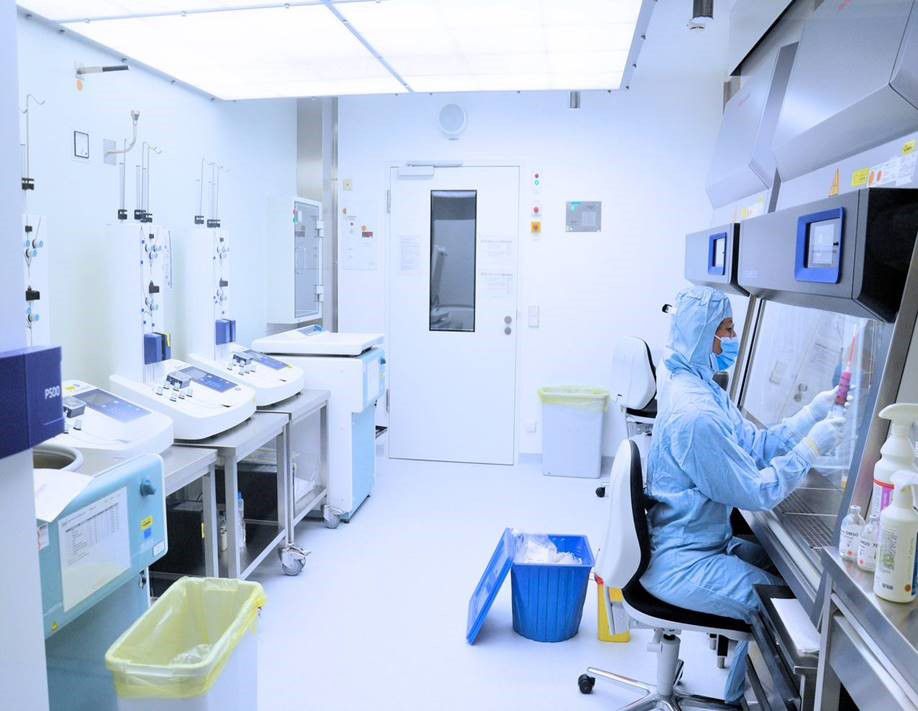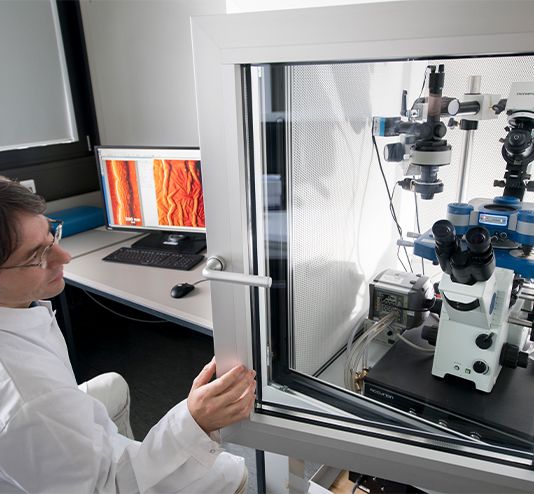Forschung
Kinderheilkunde I
Hämatologie, Onkologie, Gastroenterologie, Nephrologie, Rheumatologie
Die Forschung ist neben der Krankenversorgung und der Lehre eine unserer wichtigen Aufgaben. Neue Erkenntnisse fließen zum großen Teil direkt in die Krankenversorgung ein. Auf diese Weise konnten zum Beispiel die Überlebenschancen von leukämiekranken Kindern in den vergangenen Jahren deutlich verbessert werden. Ein besonderer Forschungsschwerpunkt in Tübingen ist der Bereich Stammzellen und die Stammzelltransplantation. Die Ergebnisse ermöglichen es zum Beispiel, dass auch Kinder, für die es keinen passenden Spender gibt, transplantiert werden können mit Hilfe der sogenannten haploidenten Stammzelltransplantation. Hier werden die Eltern als Spender eingesetzt.
Weitere Informationen zur Stammzelltransplantation finden Sie auch unter dem Stichwort Medizinische Leistungen.











